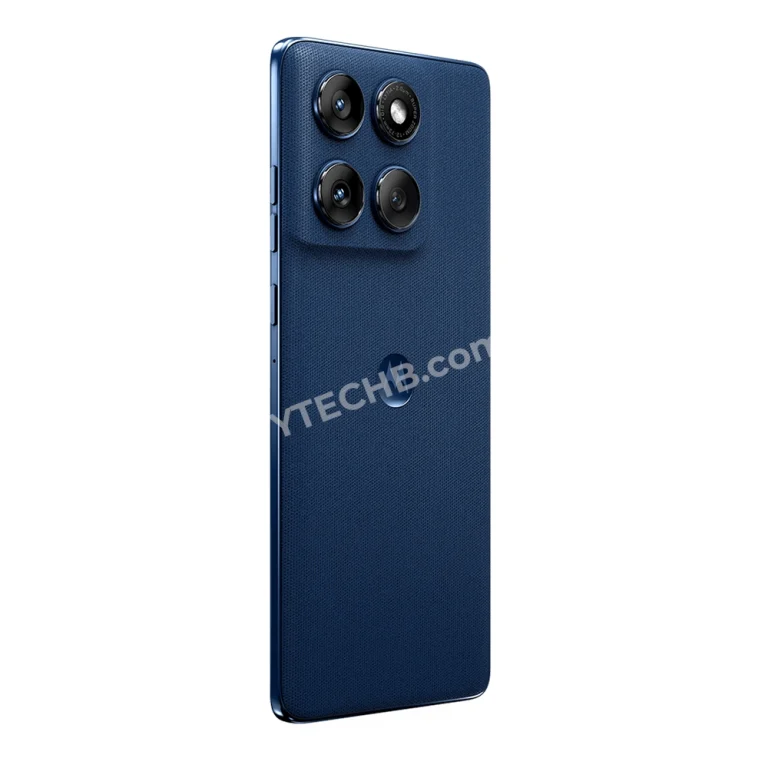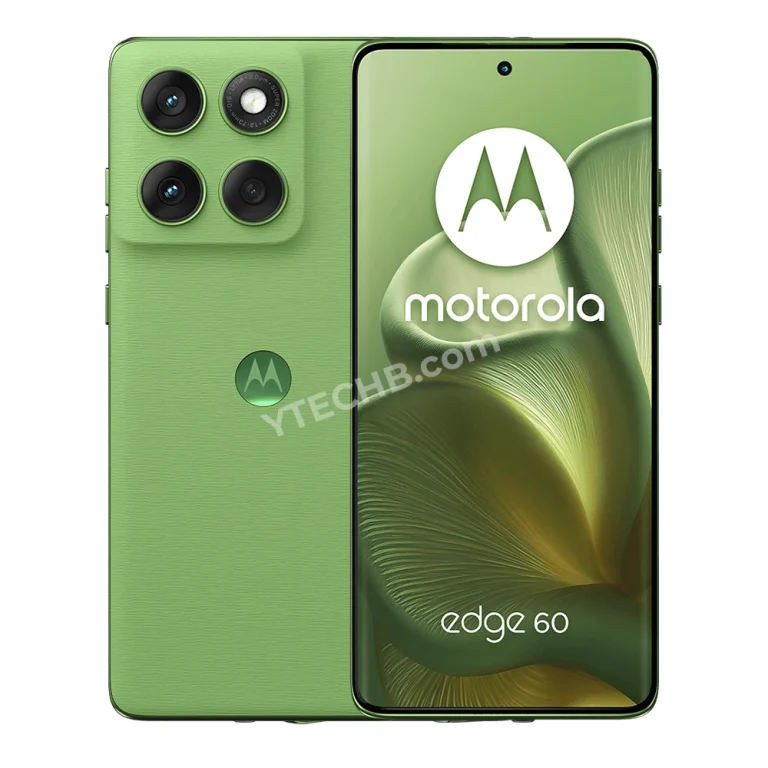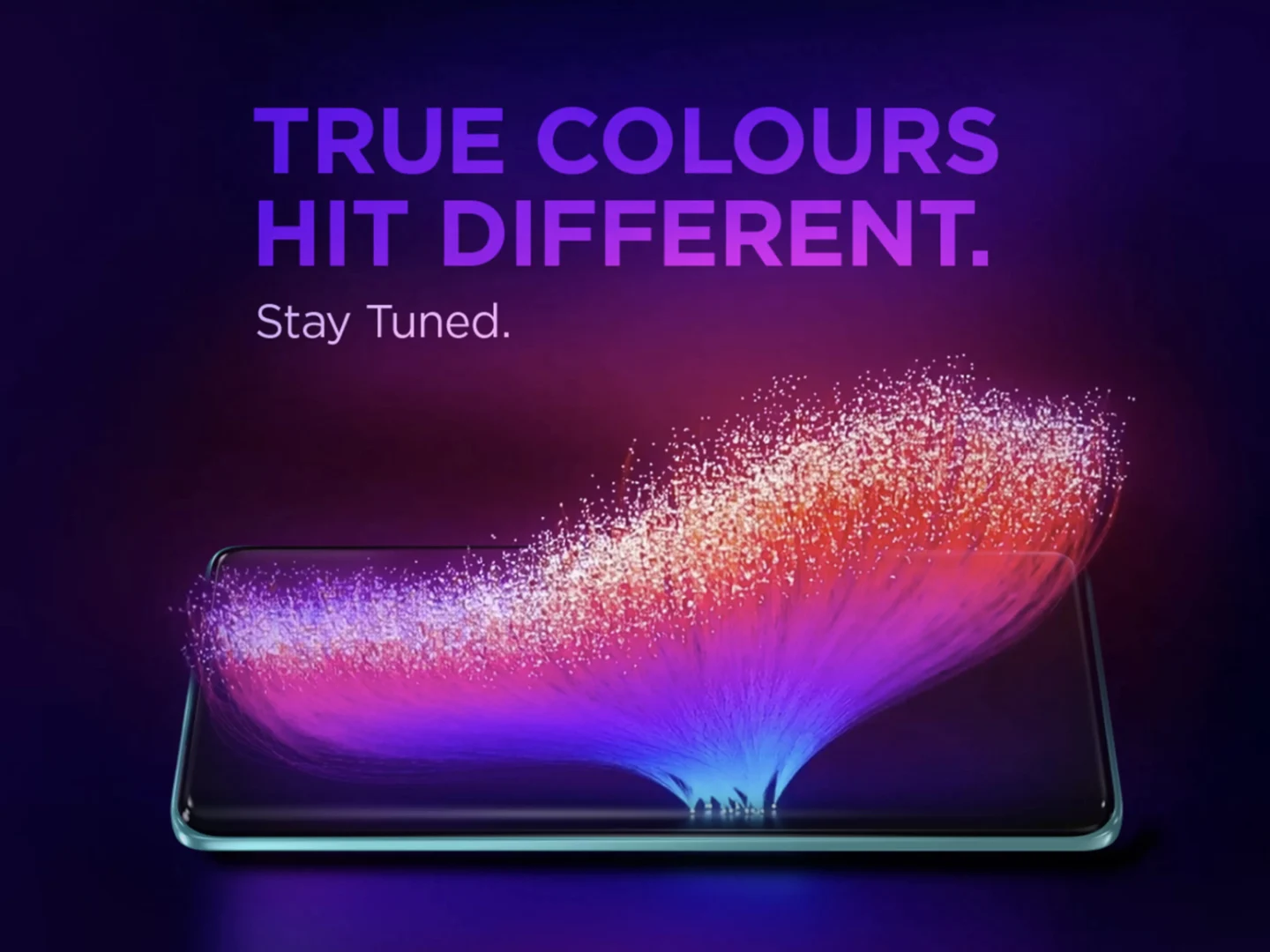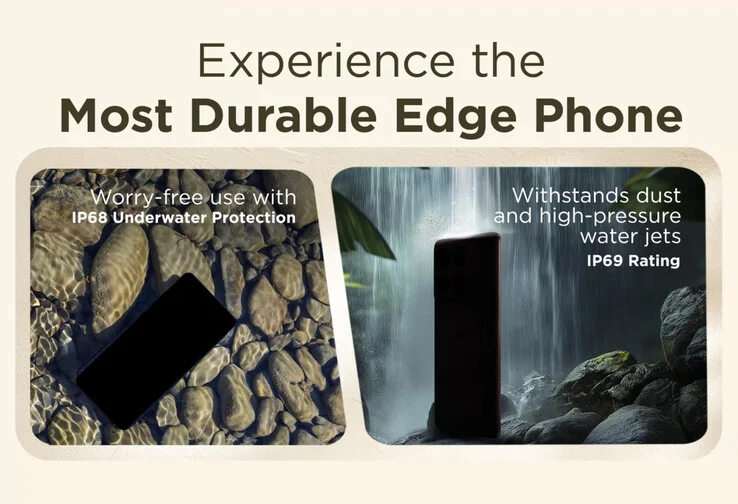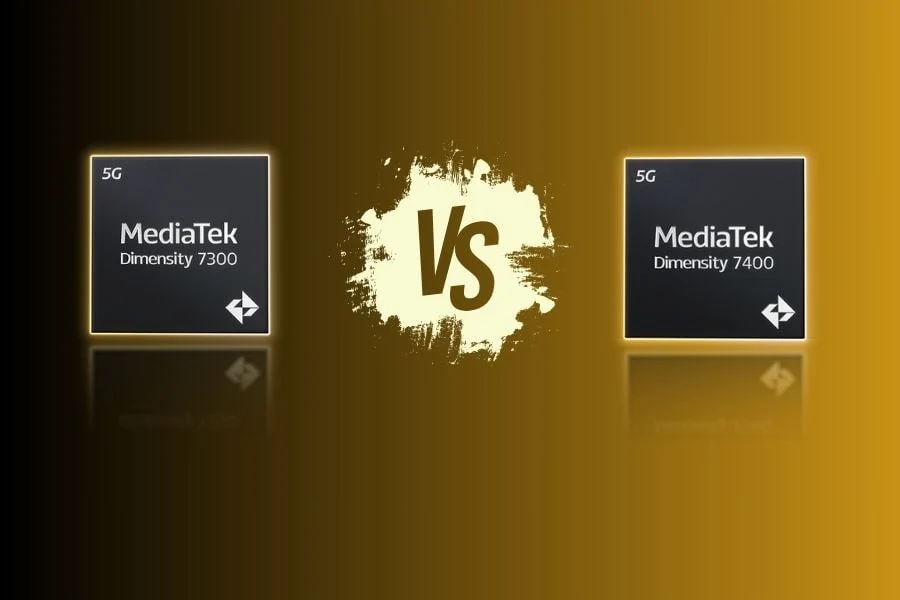Key Takeaways
1. The Motorola Edge 60 Fusion is the first smartphone powered by the Dimensity 7400 processor.
2. Leaked details reveal the Edge 60 will have two color options: Blue and Green, featuring vegan leather on the back.
3. The device includes a raised square camera module with a triple camera system and a Sony LYTIA sensor with OIS and super zoom.
4. Additional features include Dolby Atmos support, a SIM tray, USB Type-C port, and a curved front display with a punch hole for the selfie camera.
5. The Edge 60 Fusion is expected to be priced at 380 Euros for the 8GB + 256GB version and is set to launch in India later this year.
Motorola has just introduced the Edge 60 Fusion, marking it as the first smartphone powered by the Dimensity 7400, which was announced earlier this week. New information about the basic Edge 60 model has recently appeared online. A new leak has disclosed various details such as its color options, design, and more. Let’s explore this.
Edge 60 Details Leaked: Design, Colors, and More
The Motorola Edge 60 was revealed in a recent leak, showcasing the device alongside what appears to be official renders (Via YTECHB). These images showed the complete design of the smartphone along with available color choices. Motorola seems to be avoiding any significant redesigns from its earlier models, planning to release at least two color options: Blue and Green. Both colors are said to feature vegan leather on the back panel.
On the back, there’s a raised square camera module that includes a triple camera system and an LED flash. According to the report, the primary camera is a Sony LYTIA sensor that comes with OIS (Optical Image Stabilization) capabilities and a super zoom feature. Other interesting design elements include Dolby Atmos support, a SIM tray, USB Type-C port, a speaker grill, and a curved front display with a center-aligned punch hole for the selfie camera.
Expected Features and Pricing
Motorola is likely to incorporate an IP rating for water and dust protection. Recent reports suggest that the Motorola Edge 60 Fusion could be priced at 380 Euros for the 8GB + 256GB version. This model is set to be the direct successor to the Edge 50 and is anticipated to launch in India in the latter half of this year.
